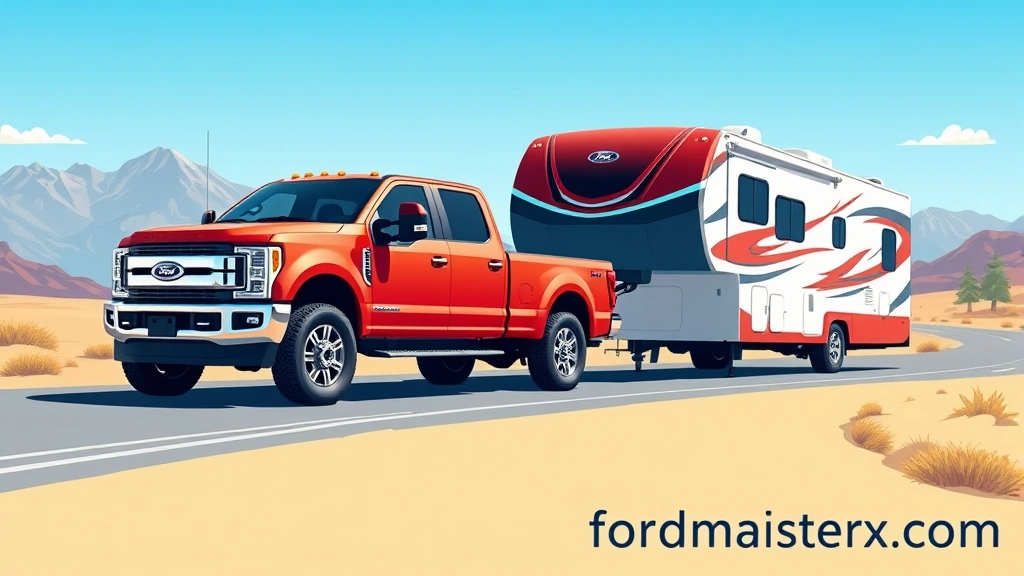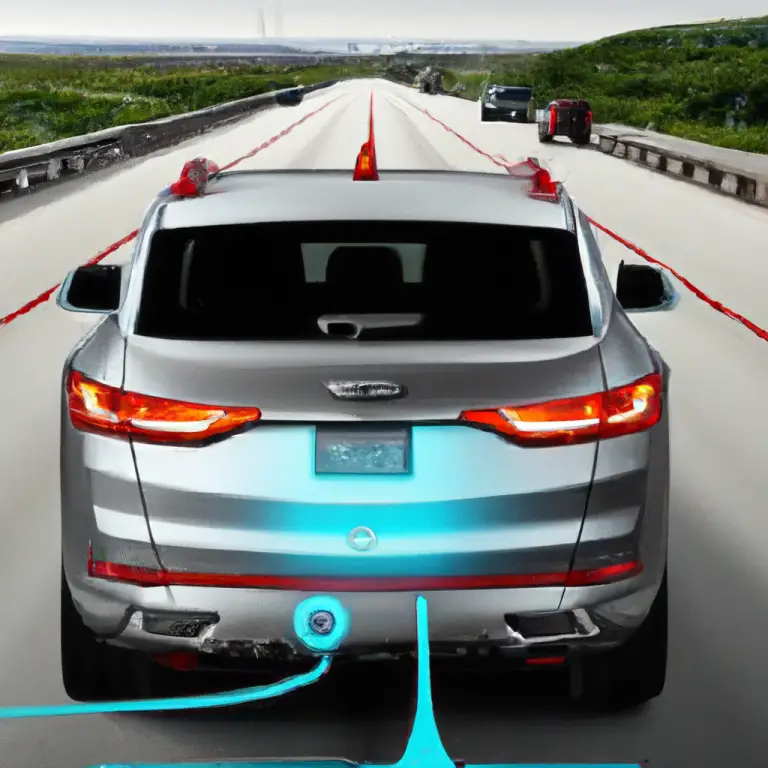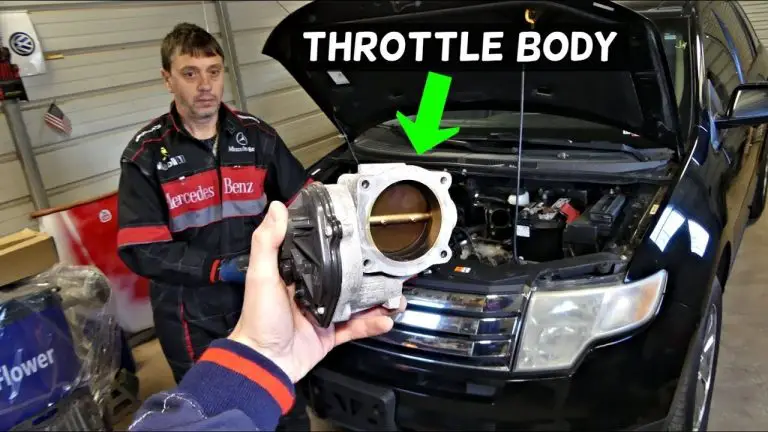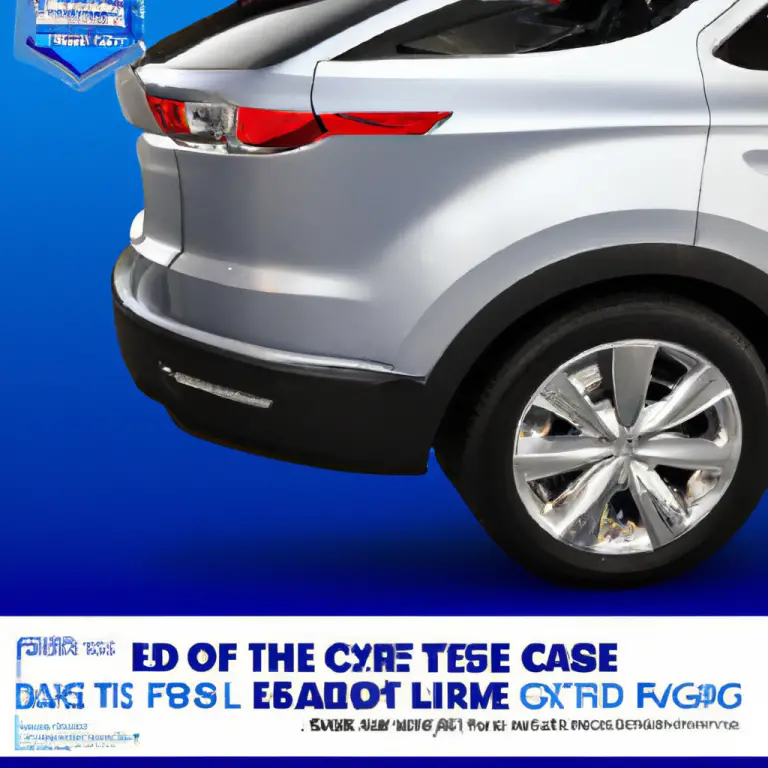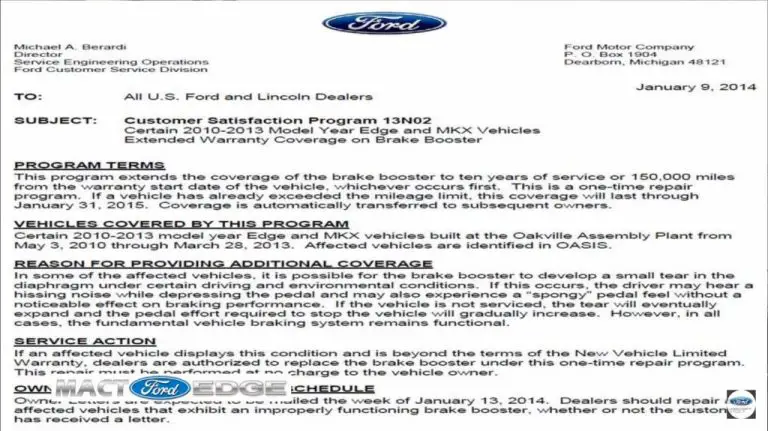F-350 Dually Towing: Max Capacity & Hauling Guide
Key Takeaways
- The Ford F-350 Dually is a towing beast, designed for serious hauling.
- Towing capacity varies greatly based on engine, drivetrain, and cab configuration.
- Understanding GCWR, GVWR, and GAWR is crucial for safe towing.
- Don't forget the importance of proper hitch type and weight distribution.
- Always check your specific truck's door jamb sticker for precise ratings.
Understanding the Ford F-350 Dually's Towing Prowess
So, you're eyeing a Ford F-350 Dually, huh? Smart move. When it comes to hauling serious weight, these trucks are in a league of their own. Forget those half-ton pickups; the F-350 Dually is built for the big jobs, whether it's pulling a massive fifth-wheel RV across the country or lugging heavy equipment to a job site.
But what exactly does "serious towing" mean for an F-350 Dually? It's not just about bragging rights. It's about knowing your limits, staying safe, and making sure you've got the right truck for your particular towing needs. Let's dive deep into what makes these Super Duty trucks the kings of the road for heavy hauls.
What Factors Influence F-350 Dually Towing Capacity?
It’s never a one-size-fits-all answer. Think of it like a recipe; change one ingredient, and the whole dish tastes different. The same goes for your F-350 Dually’s towing capacity.
Engine Options and Their Impact
You've got a couple of powerhouses to choose from with the F-350 Dually. Each one brings its own flavor of muscle to the towing game.
7.3L Godzilla Gas V8
This bad boy is Ford's answer for those who prefer gasoline power but still need serious grunt. It’s a naturally aspirated beast, known for its reliability and strong low-end torque.
It’s great for consistent, heavy hauling without the diesel premium. While powerful, its towing numbers typically sit a bit below its diesel counterpart, especially for the absolute heaviest loads.
6.7L Power Stroke V8 Turbo Diesel
Now, this is where the F-350 Dually truly shines for extreme towing. The Power Stroke diesel is legendary for its immense torque, which is what really gets those heavy loads moving.
If you’re pulling a massive fifth-wheel camper, a gooseneck trailer with heavy machinery, or anything that weighs more than a small house, this is your engine. Its towing capacities are significantly higher, especially for fifth-wheel and gooseneck applications.
Drivetrain: 4×2 vs. 4×4
Believe it or not, whether your F-350 Dually is two-wheel drive (4×2) or four-wheel drive (4×4) can affect its maximum towing capacity.
Generally, 4×2 models often have a slightly higher conventional towing capacity. This is because they weigh a little less than their 4×4 counterparts, which translates to more available payload and, sometimes, a higher tow rating.
However, 4×4 is indispensable if you're towing in challenging conditions, like slippery boat ramps or unpaved job sites. You'll sacrifice a tiny bit of max capacity for superior traction.
Cab and Bed Configurations
Yes, even the size of your cab and the length of your truck bed play a role. A Regular Cab, with less weight and a shorter wheelbase, might offer different numbers than a SuperCab or Crew Cab.
Similarly, an 8-foot long bed is often preferred for fifth-wheel and gooseneck towing due to better stability and clearance. These configurations impact the truck's curb weight, which directly affects how much more weight it can safely handle.
Axle Ratios
This is a bit more technical, but crucial. The axle ratio determines how many times the driveshaft spins for one rotation of the wheels.
A "taller" (lower numerically, like 3.31) axle ratio is better for fuel economy but less for towing. A "shorter" (higher numerically, like 4.10) axle ratio provides more torque to the wheels, making it ideal for heavy towing, though at the expense of some fuel efficiency.

For serious towing, you'll want to opt for the numerically higher axle ratios.
Understanding Towing Terminology: Don't Get Confused
Before we get into the actual numbers, let’s clear up some jargon. These terms are super important for safe and legal towing.
Gross Combined Weight Rating (GCWR)
This is the absolute maximum weight of your fully loaded truck, plus the fully loaded trailer, and everything in it. Think of it as the total weight of your entire rig.
You can never exceed this number. It’s set by the manufacturer based on the truck's engine, drivetrain, frame, and braking capabilities.
Gross Vehicle Weight Rating (GVWR)
This is the maximum allowable weight of your fully loaded truck, including passengers, cargo, and tongue weight (for conventional towing) or kingpin weight (for fifth-wheel/gooseneck).
It's the maximum your truck itself can weigh when it's ready to roll. Overloading your GVWR can lead to handling issues, premature wear, and even blowouts.
Gross Axle Weight Rating (GAWR)
Each axle on your truck has a GAWR – a maximum weight it can support. This includes the weight of the truck itself and any load distributed over that axle.
It’s important to ensure your loaded trailer doesn't put too much weight on your truck's rear axle, or that your front axle isn't overloaded. This is where proper weight distribution comes in.
Payload Capacity

Often overlooked, payload capacity is simply your truck's GVWR minus its curb weight (the weight of the truck with a full tank of fuel and no passengers or cargo).
This is the maximum weight of passengers, cargo in the truck bed, and the tongue/kingpin weight of your trailer that your truck can carry. For fifth-wheel and gooseneck towing, the kingpin weight can be substantial, eating into your payload quickly.
Ford F-350 Dually Towing Capacity: The Numbers
Alright, let's talk numbers. Please remember that these are general ranges and can vary based on specific year models, trim levels, and all the factors we just discussed. Always, always, always check the door jamb sticker on your specific truck for the most accurate information.
Conventional Towing Capacity (Bumper Pull)
This is your standard hitch-ball towing. It's great for utility trailers, smaller travel trailers, and boats.
| Engine Type | Drivetrain | Max Conventional Towing (Approx.) |
|---|---|---|
| 7.3L Gas V8 | 4×2 | Up to 21,200 lbs |
| 7.3L Gas V8 | 4×4 | Up to 21,000 lbs |
| 6.7L Power Stroke Diesel | 4×2 | Up to 22,000 lbs |
| 6.7L Power Stroke Diesel | 4×4 | Up to 22,000 lbs |
Note: Conventional towing limits are often lower than fifth-wheel/gooseneck due to tongue weight limitations and stability considerations.
Fifth-Wheel/Gooseneck Towing Capacity
This is where the Dually really shines. With the weight distributed directly over the rear axle, these trucks can handle significantly heavier loads.
| Engine Type | Drivetrain | Max Fifth-Wheel/Gooseneck Towing (Approx.) |
|---|---|---|
| 7.3L Gas V8 | 4×2 | Up to 21,900 lbs |
| 7.3L Gas V8 | 4×4 | Up to 21,700 lbs |
| 6.7L Power Stroke Diesel | 4×2 | Up to 38,000 – 40,000 lbs |
| 6.7L Power Stroke Diesel | 4×4 | Up to 37,000 – 38,000 lbs |
Disclaimer: These are potential maximums for properly equipped trucks. Your actual capacity will depend on your specific configuration and payload.
Maximizing Your F-350 Dually's Towing Performance

Having the capacity is one thing; using it safely and efficiently is another.
Proper Hitch Selection
For conventional towing, make sure your hitch receiver and ball are rated for the weight you're pulling. A weight-distributing hitch is highly recommended for heavier conventional trailers to balance the load across your truck's axles.
For fifth-wheel and gooseneck setups, you'll need the proper hitch installed in your truck bed. There are various types, from fixed hitches to sliding hitches for short-bed trucks, each with different weight ratings.
Trailer Brake Controller
A properly functioning trailer brake controller is non-negotiable for safe towing. It allows you to activate your trailer's brakes, preventing sway and reducing stopping distances. Most F-350 Duallys come with an integrated controller, which is fantastic.
Tires and Tire Pressure
Your truck's tires are literally where the rubber meets the road. Ensure they are properly inflated to the pressures recommended for towing (which are often higher than daily driving pressures).
Heavy-duty tires with a high load range are essential. Don't skimp on tire maintenance or quality.
Pre-Trip Inspections and Maintenance
Before every tow, do a walk-around. Check lights, turn signals, tire pressure (on both truck and trailer), lug nuts, and hitch connections. Regular maintenance, like oil changes, brake inspections, and transmission fluid checks, becomes even more critical when you're frequently towing heavy loads.
Common Questions About F-350 Dually Towing
How Does the Ford F-350 Dually Compare to the F-450 Dually for Towing?
The F-450 Dually is often considered the king of the hill for towing in Ford's lineup. It typically comes standard with a higher GCWR, larger brakes, a wider front axle for a tighter turning radius, and a more aggressive axle ratio. While an F-350 Dually can handle a lot, the F-450 is purpose-built for the absolute heaviest fifth-wheel and gooseneck loads, often exceeding 40,000 lbs in some configurations. If you’re regularly maxing out an F-350, the F-450 might be your next step up.
What is the Maximum Payload Capacity of an F-350 Dually?
The payload capacity of an F-350 Dually can be quite impressive, often ranging from around 6,500 lbs to over 7,500 lbs, depending on the specific configuration (engine, drivetrain, trim, etc.). Remember, this includes passengers, cargo in the truck, and the tongue/kingpin weight of your trailer. Always check the yellow sticker on your truck's door jamb for its exact payload rating.
Can I Increase My F-350 Dually's Towing Capacity?
You can't "increase" the manufacturer's stated towing capacity or GVWR/GCWR. Those numbers are set for safety and legal reasons. However, you can optimize your truck for better towing performance. This includes ensuring proper maintenance, using the correct hitch, investing in good quality tires, and potentially adding air bags for suspension support (which helps with sag, not capacity). Be wary of aftermarket "tunes" that claim to boost capacity, as they can compromise reliability and safety.
Is a Dually Necessary for Heavy Towing?
For conventional towing of trailers up to, say, 15,000-18,000 lbs, a single rear wheel (SRW) F-350 or even an F-250 might suffice, depending on the truck and trailer setup. However, for fifth-wheel and gooseneck trailers, especially those exceeding 20,000 lbs, a dually becomes incredibly important. The extra two tires on the rear axle provide significantly more stability, braking power, and tire load capacity, which are critical for handling heavy, tall trailers safely.
How Do I Find My Specific F-350 Dually's Towing Capacity?
The most accurate way to find your specific Ford F-350 Dually's towing and payload capacities is to check the stickers located on the driver's side door jamb. You'll find the Gross Vehicle Weight Rating (GVWR), Gross Axle Weight Ratings (GAWR), and often a tire and loading information sticker that clearly states the maximum payload. For towing capacity, you might need to consult your owner's manual or Ford's towing guide for your specific year, cross-referencing it with your truck's configuration (engine, axle ratio, drivetrain).
Conclusion
The Ford F-350 Dually is, without a doubt, a towing champion. It’s built to handle the biggest jobs and the heaviest loads, giving you the confidence to pull almost anything you need. But remember, power is nothing without control and knowledge.
Understanding your truck's specific capabilities, the nuances of towing terminology, and the importance of proper setup will ensure you get the most out of your F-350 Dually while staying safe on the road. So, what are you planning to hook up to your Dually next? Share your towing adventures and questions in the comments below!

